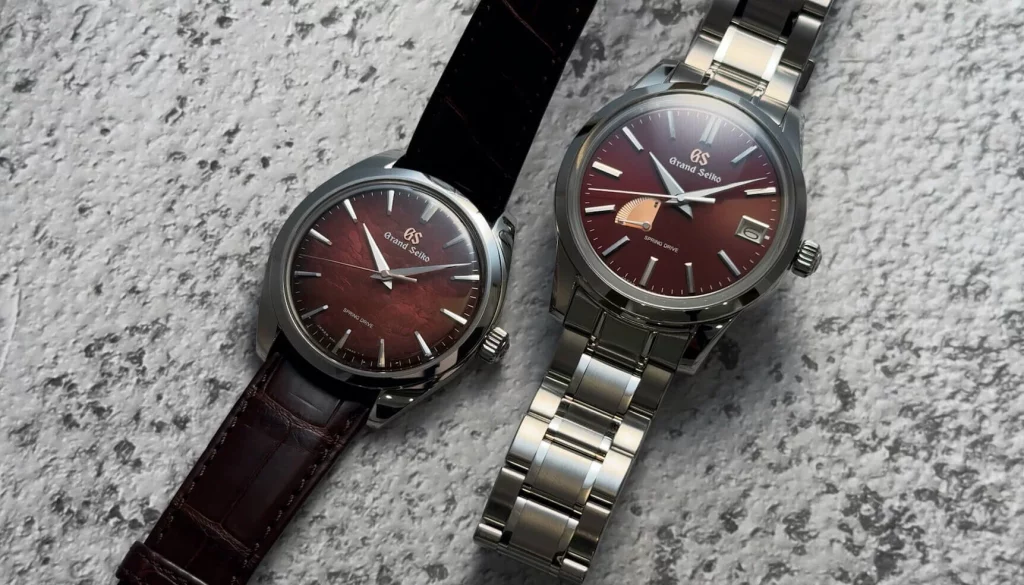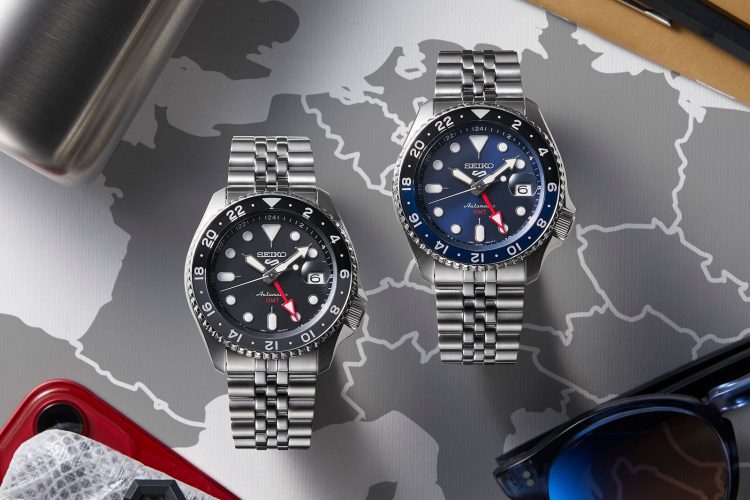Introduction
Seiko, a name synonymous with precision, innovation, and affordability, is not just a watch brand—it is a trailblazer that has forever changed the landscape of horology. From pioneering quartz technology to redefining luxury with Grand Seiko, Seiko’s journey is a compelling story of resilience, craftsmanship, and ingenuity.
How did this Japanese brand rise from a humble clock shop to become a global powerhouse in the watch industry? This article delves deep into Seiko’s rich history, groundbreaking innovations, and its enduring legacy.
1. The Humble Beginnings of Seiko
Seiko’s story begins in 1881, when 21-year-old Kintarō Hattori opened a small clock repair shop in Ginza, Tokyo. Driven by a passion for timekeeping and an entrepreneurial spirit, Hattori’s venture laid the foundation for one of the most influential watch companies in the world.
1.1 From Wall Clocks to Pocket Watches
- By 1892, Hattori established the Seikosha factory, which initially produced wall clocks.
- In 1895, Seikosha released its first pocket watch, marking its entry into portable timekeeping.
1.2 The First Seiko Wristwatch
In 1913, Seiko introduced the Laurel, Japan’s first wristwatch. This achievement positioned Seiko as a pioneer in Japanese watchmaking, setting the stage for future innovations.
2. The Rise of the Seiko Brand
The name “Seiko,” meaning “exquisite” or “success,” was officially adopted in 1924. The rebranding symbolized the company’s ambition to achieve global recognition.
2.1 Post-War Resurgence
- After World War II, Seiko rebuilt its operations and focused on producing reliable and affordable watches for the Japanese market.
- The introduction of the Seiko Marvel in 1956 marked a turning point, showcasing the brand’s capability to produce high-quality, in-house movements.
3. The Quartz Revolution: A Game Changer
In 1969, Seiko launched the Astron, the world’s first quartz wristwatch. This breakthrough not only revolutionized the watch industry but also set new standards for accuracy and reliability.
3.1 Impact of the Quartz Crisis
- Seiko’s quartz innovation disrupted the Swiss-dominated watch market, leading to the so-called Quartz Crisis.
- While many traditional watchmakers struggled, Seiko thrived, cementing its place as a global leader in technology.
3.2 Other Quartz Milestones
- 1973: The world’s first LCD quartz watch.
- 1983: The first quartz watch with a chronograph.

4. Grand Seiko: Redefining Luxury
In 1960, Seiko introduced Grand Seiko, a sub-brand dedicated to creating watches that rivaled Swiss luxury timepieces.
4.1 The Philosophy of Grand Seiko
- Emphasis on precision, durability, and beauty.
- Incorporation of the Zaratsu polishing technique, resulting in mirror-like finishes.
4.2 Spring Drive Movement
Introduced in 1999, the Spring Drive combines mechanical and quartz technologies, offering unparalleled accuracy and a smooth, gliding second hand.
5. Seiko’s Diverse Portfolio: Something for Everyone
Seiko’s strength lies in its ability to cater to a wide range of consumers, from entry-level buyers to luxury collectors.
5.1 Affordable Excellence
- The Seiko 5 series offers robust automatic watches at accessible prices.
- Popular among young enthusiasts and first-time buyers.
5.2 Professional Tools
- Prospex: Designed for adventurers, featuring diving, aviation, and land-based models.
- Astron GPS Solar: A high-tech marvel that syncs with global GPS satellites for accurate timekeeping.
5.3 Luxury Appeal
- Grand Seiko: Competes directly with Swiss luxury brands like Rolex and Omega.
- Credor: A showcase of Seiko’s haute horology expertise, featuring intricate designs and tourbillons.
6. Seiko’s Global Influence
6.1 Cultural Impact
- Seiko watches have appeared in iconic films like James Bond’s “For Your Eyes Only”, solidifying their place in pop culture.
- Collaborations with sports organizations, including official timekeeping roles in the Olympics, have elevated Seiko’s global presence.
6.2 Eco-Friendly Innovations
- Introduction of Seiko Solar watches, which run on light energy, reflects the brand’s commitment to sustainability.
- Focus on reducing environmental impact through long-lasting designs.
7. Challenges and Adaptations
Despite its successes, Seiko has faced challenges, including:
- Competition from Swiss and other Japanese brands.
- Navigating the balance between mass-market appeal and luxury branding.
Seiko’s response has been to innovate continuously, ensuring it remains relevant in a changing market.
8. The Future of Seiko
As Seiko celebrates over 140 years of watchmaking, its vision for the future includes:
- Expanding its luxury offerings through Grand Seiko and Credor.
- Advancing smart technologies, such as hybrid movements.
- Strengthening its sustainability initiatives.
Conclusion
Seiko’s journey from a small clock shop to a global watchmaking titan is a testament to its innovative spirit, unwavering commitment to quality, and ability to adapt. By revolutionizing the industry with quartz technology, elevating craftsmanship through Grand Seiko, and maintaining a diverse product portfolio, Seiko has cemented its legacy as one of the most influential watch brands in history.
So, how did Seiko revolutionize the world of watchmaking? Through a perfect blend of tradition, innovation, and a relentless pursuit of excellence, this iconic brand has forever changed the way we measure and appreciate time.





































